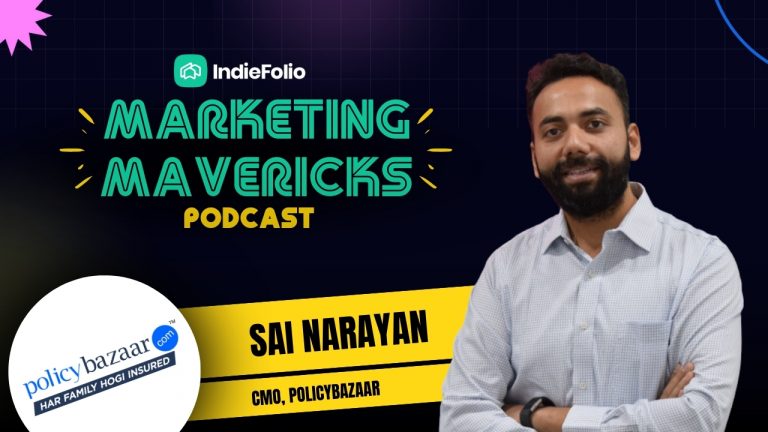A whopping 40% of respondents stated that accessing highly skilled workers through new digital talent platforms had helped them improve speed to market, boost productivity, and increase innovation, reports “Building the On-Demand Workforce”.
The study conducted by Harvard Business School and Boston Consulting Group
Included 700 respondents who are business leaders in organisations with revenues greater than $100 million.
As the authors of the report aptly observe, organisations must first win the war for talent to survive in a hyper-competitive world, especially post-COVID-19.
With rapid technological changes, shifts in talent pools, and the way COVID-19 has influenced the way organisations and individuals work, “blended” teams are becoming increasingly popular.
Keeping the “core” team small and relying on on-demand professionals to complete specific, task-oriented projects has many advantages for organisations and professionals alike.
The benefits of using an on-demand workforce
Hire the talent you need at short notice and without wasting time
Organisations with specific creative needs such as writing and design often turn to agencies to handle them.
While agencies can aid in fulfilling these needs, the downside is that the process of onboarding one can be inefficient. From receiving agency pitches to negotiations to finalising an agency, the time between deciding to enlist outside help and actually getting the necessary work done can be quite long.
In addition to this downside, agencies provide a much less personal experience—account managers are your point of contact in an agency rather than the people actually doing your work—at a much higher price point. When hiring individuals via talent sourcing platforms, you can communicate with the talent directly. Account managers typically work in the background to ensure adherence to timelines, and do not take an active role unless requested to. This establishes a higher level of efficiency and creates less room for miscommunication.
Even when assigning projects to employees on the organisation’s payroll, day-to-day impediments like internal resource allocation and coordinating schedules between teams can slow things down unnecessarily.
On-demand platforms IndieFolio eradicate this chronic inefficiency by giving organisations access to the required talent on short notice, which makes it much easier to find the right people at the right time.
When there is a specific task that requires a special skill-set and needs to be completed on a short deadline, organisations may find themselves in a bind, with no one on the payroll with the requisite skills and not enough time to hire someone new. In such situations, on-demand talent sourcing platforms can be a brilliant solution that can also be cost-effective and ensure faster turnaround times.
Scaling bandwidth
With the ability to tap into an endless pool of talent, organisations can execute large-scale projects in a short period of time, which would otherwise be impossible to accomplish.
A great example of this is KFC’s recent #KFCBucketCanvas campaign, which Ogilvy conceptualised to celebrate the milestone of opening 600 restaurants across India. KFC needed 50 designers to participate in this project, which IndieFolio closed for them in just 72 hours.
Another example is that of Singapore-based Matt Collier, as shared in the aforementioned Harvard Business School report. In 2019, Collier, a senior director at Prudential PLC, was entrusted with remaining learning for 5,000 insurance agents in Singapore. The short deadline—just one month—loomed over Collier’s head as he realised that sorting through all the existing training materials (over 3,000 PowerPoint slides’ worth) and creating a new, cohesive presentation was a mammoth task.
Knowing he did not have the time to hire someone new to help meet the deadline, Collier ultimately accomplished the task successfully by making use of a digital talent sourcing platform to find someone who had the right skills as well as the capacity to take on the project.
Get the job done by a specialist
Arguably the biggest advantage of an on-demand workforce is the ability to cherry-pick the perfect person for the job.
From niche skills to the amount of experience they have, using on-demand platforms like IndieFolio gives organisations complete control over what kind of workers they want to choose for a project. Feel free to be as specific as you want!
Increased access to a diversity of talent
Oftentimes, the creative output of the core team within an organisation can become constricted by their shared backgrounds and identities.
Bringing in someone on a shorter engagement is the perfect way to break free of this limitation, as this enables organisations to engage workers from diverse professional, social, and geographical backgrounds who can bring a fresh perspective and new skills to the table.
Expand and contract your workforce as needed
The ebb and flow of work are in the nature of running a business. This means that an organisation may sometimes need all hands on deck, whereas other times there may be less work to go around.
In such cases, it can be detrimental to have a large number of permanent employees on board, as maintaining full-timers can put a crunch on the resources you can pour into acquiring the specific talent you need for a particular project.
In such cases, keeping a smaller core team and relying on on-demand professionals to fulfil other requirements can be a more practical and economical option.
Reduce organisational bloat and tap underutilised talent in permanent employees
When it comes to employees’ responsibilities, organisational bloat is a lose-lose situation. It’s a simple case of the Goldilocks principle—too little stress is as bad as too much. Employees who don’t have enough work to stimulate them, make use of their skills, and help them grow can become bored and demotivated.
This scenario unfolds all too often in organisations that rely entirely on full-time, permanent employees.
Making use of a freelance workforce reduces this bloat, and prevents organisations from wasting their resources and employees from wasting their time.
An unexpected benefit of this can be the ability to tap into their own full-time employees’ skills that tend to fly under the radar. Engaging freelancers’ services can enable organisations to update the way they organise projects, and become more accustomed to breaking down work into discrete projects. Sarah Tang, Vice President of Enterprise at Freelancer, calls this the “datafication of work”.
Once this shift is complete, organisations can start posting projects internally as well, and thus tap into the hidden or underused aptitude in permanent employees.
Specific advantages of using a platform like IndieFolio
Organisations making use of freelance talent are by no means new. However, finding the right freelancers can often be a disorganised, chaotic process.
That’s where digital talent platforms like IndieFolio come in.
With a ready-to-go database of 70,000+ pre-screened freelance creative professionals, IndieFolio streamlines the process of helping organisations find the right professional for the job. All it takes is a quick internet search.
The facts are hard to ignore: digital talent sourcing platforms are the future. The HBS & BCG report underlines that over 60% of business leaders reported medium to extensive use of talent platforms in their organisations. Almost 90% of business leaders believe that talent platforms would be somewhat or critical to their organisation’s future competitive advantage.
It’s safe to assume that this number will continue to grow with the expansion of the gig economy, as the winds of change blow enterprises further in the direction of integrating freelancers into their operations.
Failure to adapt can be a fatal mistake. Take, for instance, the case of BlackBerry, who plummeted from a 33.2% smartphone market share in the UK in 2011 to a meagre 0.01% in 2021. After pioneering a new generation of smartphones and revolutionising instant messaging, BlackBerry ultimately met its demise by failing to adapt to the new wave of touchscreen smartphones that arrived in the mid-2010s.
In today’s rapidly changing business landscape, adaptability is truly more critical to survival than ever before—and right now, the best way for an enterprise to stay ahead of the curve is undoubtedly to embrace the benefits of a blended workforce.






